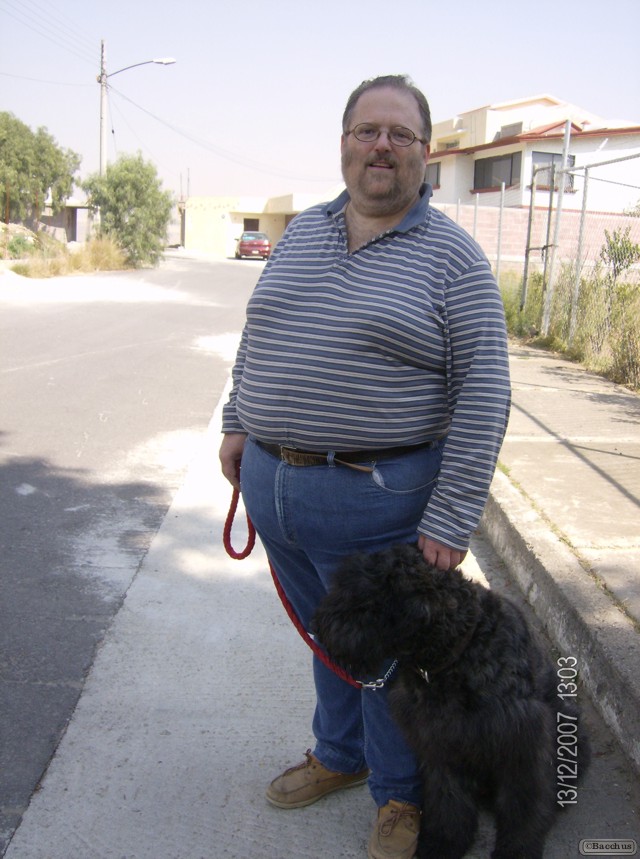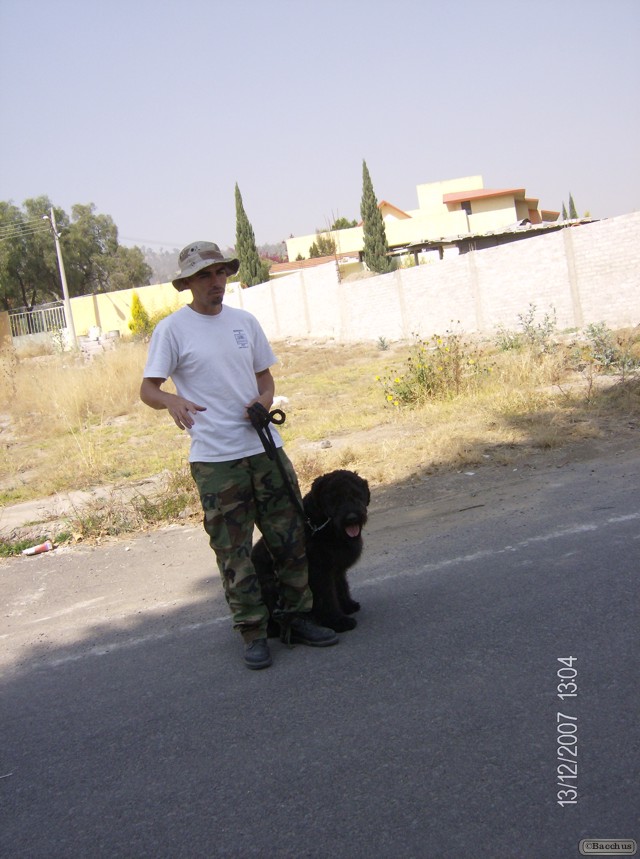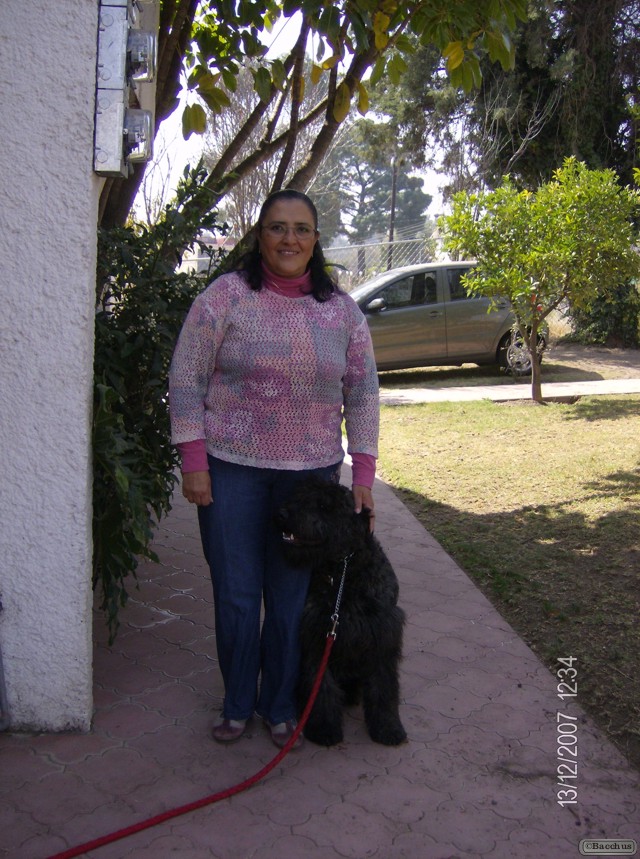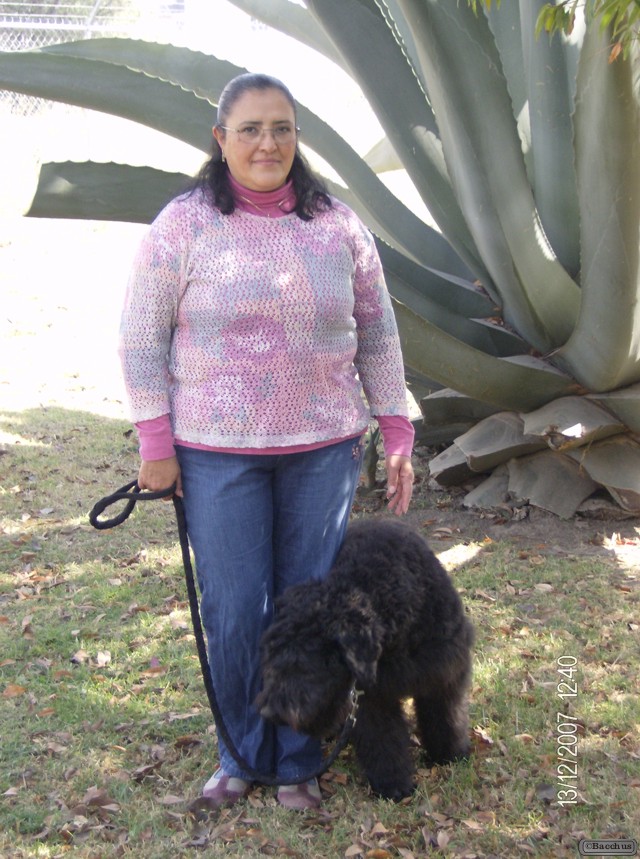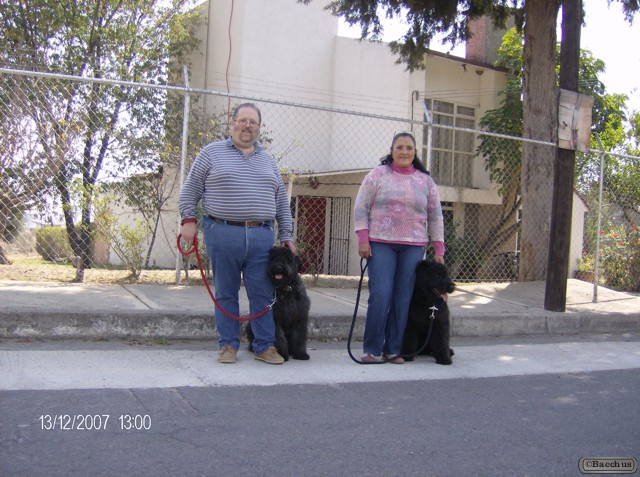Friend
Friend
Martial Arts
Martial Arts and Spirituality
Martial arts are codified systems and traditions of combat practices, which are practiced for a variety of reasons: self-defense, competition, physical health and fitness, entertainment, as well as mental, physical, and spiritual development.
Although the term martial art has become associated with the fighting arts of eastern Asia, it originally referred to the combat systems of Europe as early as the 1550s. The term is derived from Latin, and means “arts of Mars”, the Roman god of war. Some authors have argued that fighting arts or fighting systems would be more appropriate on the basis that many martial arts were never “martial” in the sense of being used or created by professional warriors.
Spirituality Oriented
Martial arts can also be linked with religion and spirituality. Numerous systems are reputed to have been founded, disseminated, or practiced by monks or nuns.
Throughout Asia, meditation may be incorporated as part of training. In those countries influenced by Hindu-Buddhist philosophy, the art itself may be used as an aid to attaining enlightenment.
Japanese styles, when concerning non-physical qualities of the combat, are often strongly influenced by Mahayana Buddhist philosophy. Concepts like “empty mind” and “beginner’s mind” are recurrent. Aikido, for instance, can have a strong philosophical belief of the flow of energy and peace fostering, as idealised by its founder Morihei Ueshiba.
Traditional Korean martial arts place emphasis on the development of the practitioner’s spiritual and philosophical development. A common theme in most Korean styles, such as taekkyeon and taekwondo, is the value of “inner peace” in a practitioner, which is stressed to be only achieved through individual meditation and training. The Koreans believe that the use of physical force is only justified through defense.
System draws upon breathing and relaxation techniques, as well as elements of Russian Orthodox thought, to foster self-conscience and calmness, and to benefit the practitioner in different levels: the physical, the psychological and the spiritual.
Some martial arts in various cultures can be performed in dance-like settings for various reasons, such as for evoking ferocity in preparation for battle or showing off skill in a more stylized manner. Many such martial arts incorporate music, especially strong percussive rhythms.
Health and Fitness Benefits
Martial arts training aims to result in several benefits to trainees, such as their physical, mental, emotional and spiritual health.
Through systematic practice in the martial arts a person’s physical fitness may be boosted (strength, stamina, flexibility, movement coordination, etc.) as the whole body is exercised and the entire muscular system is activated. Beyond contributing to physical fitness, martial arts training also has benefits for mental health, contributing to self-esteem, self-control, emotional and spiritual well-being. For this reason, a number of martial arts schools have focused purely on therapeutic aspects, de-emphasizing the historical aspect of self-defense or combat completely.
Luc Paquin
Coping and support
People with aphasia
If you have aphasia, the following tips may help you communicate with others:
- Carry a card explaining that you have aphasia and what aphasia is.
- Carry identification and information on how to contact significant others.
- Carry a pencil and a small pad of paper with you at all times.
- Use drawings, diagrams or photos as shortcuts.
- Use gestures or point to objects.
Family and friends
Family members and friends can use the following tips when communicating with a person with aphasia:
- Simplify your sentences and slow your pace.
- Keep conversations one-on-one initially.
- Allow the person time to talk.
- Don’t finish sentences or correct errors.
- Reduce distracting noise in the environment.
- Keep paper and pencils or pens available.
- Write a key word or a short sentence to help explain something.
- Help the person with aphasia create a book of words, pictures and photos to assist with conversations.
- Use drawings or gestures when you aren’t understood.
- Involve the person with aphasia in conversations as much as possible.
- Check for comprehension or summarize what you’ve discussed.
Support groups
Local chapters of such organizations as the National Aphasia Association, the American Stroke Association, the American Heart Association and some medical centers may offer support groups for people with aphasia and others affected by the disorder. These groups provide people with a sense of community, a place to air frustrations and learn coping strategies. Ask your doctor or speech-language pathologist if he or she knows of any local support groups.
Norma
Anthroposophy
Reception
Religious Nature
As an explicitly spiritual movement, anthroposophy has sometimes been called a religious philosophy. In 2005, a California federal court ruled that a group alleging that anthroposophy is a religion for Establishment Clause purposes did not provide any legally admissible evidence in support of this view; the case is under appeal. In 2000, a French court ruled that a government minister’s description of anthroposophy as a cult was defamatory.
Statements on Race
Anthroposophical ideas have been criticized from both sides in the race debate:
- From the mid-1930s on, National Socialist ideologues attacked the anthroposophical world-view as being opposed to Nazi racist and nationalistic principles; anthroposophy considered “Blood, Race and Folk” as primitive instincts that must be overcome.
- “A naive version of the evolution of consciousness, a theory foundational to both Steiner’s anthroposophy and Waldorf education, sometimes places one race below another in one or another dimension of development”.
The Anthroposophical Society in America has stated:
- We explicitly reject any racial theory that may be construed to be part of Rudolf Steiner’s writings. The Anthroposophical Society in America is an open, public society and it rejects any purported spiritual or scientific theory on the basis of which the alleged superiority of one race is justified at the expense of another race.
Luc Paquin
Anthroposophy
Reception
Supporters
Anthroposophy’s supporters include Pulitzer Prize-winning and Nobel Laureate Saul Bellow, Nobel prize winner Selma Lagerlöf, Andrei Bely, Joseph Beuys, Owen Barfield, architect Walter Burley Griffin, Wassily Kandinsky, Andrei Tarkovsky, Bruno Walter, and Right Livelihood Award winners Sir George Trevelyan and Ibrahim Abouleish. Albert Schweitzer was a friend of Steiner’s and was supportive of his ideals for cultural renewal.
Scientific Basis
Though Rudolf Steiner studied natural science at the Vienna Technical University at the undergraduate level, his doctorate was in epistemology and very little of his work is directly concerned with the empirical sciences. In his mature work, when he did refer to science it was often to present phenomenological or Goethean science as an alternative to what he considered the materialistic science of his contemporaries.
His primary interest was in applying the methodology of science to realms of inner experience and the spiritual worlds (Steiner’s appreciation that the essence of science is its method of inquiry is unusual among esotericists), and Steiner called anthroposophy Geisteswissenschaft (Science of the mind, or cultural or spiritual science), a term generally used in German to refer to the humanities and social sciences; in fact, the term “science” is used more broadly in Europe as a general term that refers to any exact knowledge.
- [Anthroposophy’s] methodology is to employ a scientific way of thinking, but to apply this methodology, which normally excludes our inner experience from consideration, instead to the human being proper.
Whether this is a sufficient basis for anthroposophy to be considered a spiritual science has been a matter of controversy. As Freda Easton explained in her study of Waldorf schools, “Whether one accepts anthroposophy as a science depends upon whether one accepts Steiner’s interpretation of a science that extends the consciousness and capacity of human beings to experience their inner spiritual world.” Sven Ove Hansson has disputed anthroposophy’s claim to a scientific basis, stating that its ideas are not empirically derived and neither reproducible nor testable.
Carlo Willmann points out that as, on its own terms, anthroposophical methodology offers no possibility of being falsified except through its own procedures of spiritual investigation, no intersubjective validation is possible by conventional scientific methods; it thus cannot stand up to positivistic science’s criticism. Peter Schneider calls such objections untenable on the grounds that if a non-sensory, non-physical realm exists, then according to Steiner the experiences of pure thinking possible within the normal realm of consciousness would already be experiences of that, and it would be impossible to exclude the possibility of empirically grounded experiences of other supersensory content.
Olav Hammer suggests that anthroposophy carries scientism “to lengths unparalleled in any other Esoteric position” due to its dependence upon claims of clairvoyant experience, its subsuming natural science under “spiritual science”, and its development of what Hammer calls “fringe” sciences such as anthroposophical medicine and biodynamic agriculture justified partly on the basis of the ethical and ecological values they promote, rather than purely on a scientific basis.
Though Steiner saw that spiritual vision itself is difficult for others to achieve, he recommended open-mindedly exploring and rationally testing the results of such research; he also urged others to follow a spiritual training that would allow them directly to apply the methods he used eventually to achieve comparable results. Some results of Steiner’s research have been investigated and supported by scientists working to further and extend scientific observation in directions suggested by an anthroposophical approach.
Anthony Storr stated about Rudolf Steiner’s Anthroposophy: “His belief system is so eccentric, so unsupported by evidence, so manifestly bizarre, that rational skeptics are bound to consider it delusional.”
Luc Paquin
Tests and diagnosis
Your doctor will likely give you a physical and a neurological exam, test your strength, feeling and reflexes, and listen to your heart and the vessels in your neck. He or she will likely request an imaging test, usually an MRI, to quickly identify what’s causing the aphasia.
You’ll also likely undergo tests and informal observations to assess your language skills, such as the ability to:
- Name common objects
- Engage in a conversation
- Understand and use words correctly
- Answer questions about something read or heard
- Repeat words and sentences
- Follow instructions
- Answer yes-no questions and respond to open-ended questions about common subjects
- Read and write
Treatments and drugs
If the brain damage is mild, a person may recover language skills without treatment. However, most people undergo speech and language therapy to rehabilitate their language skills and supplement their communication experiences. Researchers are currently investigating the use of medications, alone or in combination with speech therapy, to help people with aphasia.
Speech and language rehabilitation
Recovery of language skills is usually a relatively slow process. Although most people make significant progress, few people regain full pre-injury communication levels.
For aphasia, speech and language therapy tries to improve the person’s ability to communicate by restoring as much language as possible, teaching how to compensate for lost language skills and finding other methods of communicating.
Therapy:
- Starts early. Some studies have found that therapy is most effective when it begins soon after the brain injury.
- Often works in groups. In a group setting, people with aphasia can try out their communication skills in a safe environment. Participants can practice initiating conversations, speaking in turn, clarifying misunderstandings and fixing conversations that have completely broken down.
- May include use of computers. Using computer-assisted therapy can be especially helpful for relearning verbs and word sounds (phonemes).
Medications
Certain drugs are currently being studied for the treatment of aphasia. These include drugs that may improve blood flow to the brain, enhance the brain’s recovery ability or help replace depleted chemicals in the brain (neurotransmitters). Several medications, such as memantine (Namenda) and piracetam, have shown promise in small studies. But more research is needed before these treatments can be recommended.
Norma
Anthroposophy
Relationship to Religion
Judaism
Rudolf Steiner wrote and lectured on Judaism and Jewish issues for much of his life. In the 1880s and 1890s, he took part in debates on anti-semitism and on assimilation. He was a fierce opponent of anti-semitism and supported the unconditional acceptance and integration of the Jews in Europe.[74] He also supported Émile Zola’s position in the Dreyfus affair. In his later life, Steiner was accused by the Nazis of being a Jew, and Adolf Hitler called anthroposophy “Jewish methods”. The anthroposophical institutions in Germany were banned during Nazi rule and several anthroposophists sent to concentration camps.
Steiner emphasized Judaism’s central importance to the constitution of the modern era in the West but suggested that to appreciate the spirituality of the future it would need to overcome its tendency toward abstraction. Important early anthroposophists who were Jewish included two central members on the executive boards of the precursors to the modern Anthroposophical Society, and Karl König, the founder of the Camphill movement. Martin Buber and Hugo Bergmann, who viewed Steiner’s social ideas as a solution to the Arab-Jewish conflict, were also influenced by anthroposophy.
There are several anthroposophical organisations in Israel, including the anthroposophical kibbutz Harduf, founded by Jesaiah Ben-Aharon. A number of these organizations are striving to foster positive relationships between the Arab and Jewish populations: The Harduf Waldorf school includes both Jewish and Arab faculty and students, and has extensive contact with the surrounding Arab communities. In Hilf near Haifa, there is a joint Arab-Jewish Waldorf kindergarten, the first joint Arab-Jewish kindergarten in Israel.
Christian Community
Towards the end of Steiner’s life, a group of theology students (primarily Lutheran, with some Roman Catholic members) approached Steiner for help in reviving Christianity, in particular “to bridge the widening gulf between modern science and the world of spirit.” They approached a notable Lutheran pastor, Friedrich Rittelmeyer, who was already working with Steiner’s ideas, to join their efforts. Out of their co-operative endeavor, the Movement for Religious Renewal, now generally known as The Christian Community, was born. Steiner emphasized that he considered this movement, and his role in creating it, to be independent of his anthroposophical work, as he wished anthroposophy to be independent of any particular religion or religious denomination.
Luc Paquin
Anthroposophy
Relationship to Religion
Christ as the Center of Earthly Evolution
Steiner’s writing, though appreciative of all religions and cultural developments, emphasizes Western tradition as having evolved to meet contemporary needs. He describes Christ and his mission on earth of bringing individuated consciousness as having a particularly important place in human evolution, whereby:
- Christianity has evolved out of previous religions;
- The being which manifests in Christianity also manifests in all faiths and religions, and each religion is valid and true for the time and cultural context in which it was born;
- All historical forms of Christianity need to be transformed considerably to meet the continuing evolution of humanity.
- Spiritual science does not want to usurp the place of Christianity; on the contrary it would like to be instrumental in making Christianity understood. Thus it becomes clear to us through spiritual science that the being whom we call Christ is to be recognized as the center of life on earth, that the Christian religion is the ultimate religion for the earth’s whole future. Spiritual science shows us particularly that the pre-Christian religions outgrow their one-sidedness and come together in the Christian faith. It is not the desire of spiritual science to set something else in the place of Christianity; rather it wants to contribute to a deeper, more heartfelt understanding of Christianity.
Thus, anthroposophy considers there to be a being who unifies all religions, and who is not represented by any particular religious faith. This being is, according to Steiner, not only the Redeemer of the Fall from Paradise, but also the unique pivot and meaning of earth’s evolutionary processes and of human history. To describe this being, Steiner periodically used terms such as the “Representative of Humanity” or the “good spirit” rather than any denominational term.
This view has certain similarities to the concepts of Christogenesis advocated by Pierre Teilhard de Chardin.
Divergence from Conventional Christian Thought
Steiner’s views of Christianity diverge from conventional Christian thought in key places, and include gnostic elements:
- One central point of divergence is Steiner’s views on reincarnation and karma.
- Steiner differentiated three contemporary paths by which he believed it possible to arrive at Christ:
- Through heart-filled experiences of the Gospels; Steiner described this as the historically dominant path, but becoming less important in the future.
- Through inner experiences of a spiritual reality; this Steiner regarded as increasingly the path of spiritual or religious seekers today.
- Through initiatory experiences whereby the reality of Christ’s death and resurrection are experienced; Steiner believed this is the path people will increasingly take.
- Steiner also believed that there were two different Jesus children involved in the Incarnation of the Christ: one child descended from Solomon, as described in the Gospel of Matthew, the other child from Nathan, as described in the Gospel of Luke. (The genealogies given in the two gospels diverge some thirty generations before Jesus’ birth, and ‘Jesus’ was a common name in biblical times.)
His view of the second coming of Christ is also unusual; he suggested that this would not be a physical reappearance, but that the Christ being would become manifest in non-physical form, visible to spiritual vision and apparent in community life for increasing numbers of people beginning around the year 1933. - He emphasized his belief that in the future humanity would need to be able to recognize the Spirit of Love in all its genuine forms, regardless of what name would be used to describe this being. He also warned that the traditional name of the Christ might be misused, and the true essence of this being of love ignored.
Luc Paquin
Anthroposophy
Place in Western Philosophy
Steiner built upon Goethe’s conception of an imaginative power capable of synthesizing the sense-perceptible form of a thing (an image of its outer appearance) and the concept we have of that thing (an image of its inner structure or nature). Steiner added to this the conception that a further step in the development of thinking is possible when the thinker observes his or her own thought processes. “The organ of observation and the observed thought process are then identical, so that the condition thus arrived at is simultaneously one of perception through thinking and one of thought through perception.”
Thus, in Steiner’s view, we can overcome the subject-object divide through inner activity, even though all human experience begins by being conditioned by it. In this connection, Steiner examines the step from thinking determined by outer impressions to what he calls sense-free thinking. He characterizes thoughts he considers without sensory content, such as mathematical or logical thoughts, as free deeds. Steiner believed he had thus located the origin of free will in our thinking, and in particular in sense-free thinking.
Some of the epistemic basis for Steiner’s later anthroposophical work is contained in the seminal work, Philosophy of Freedom. In his early works, Steiner sought to overcome what he perceived as the dualism of Cartesian idealism and Kantian subjectivism by developing Goethe’s conception of the human being as a natural-supernatural entity, that is: natural in that humanity is a product of nature, supernatural in that through our conceptual powers we extend nature’s realm, allowing it to achieve a reflective capacity in us as philosophy, art and science. Steiner was one of the first European philosophers to overcome the subject-object split in Western thought. Though not well known among philosophers, his philosophical work was taken up by Owen Barfield (and through him influenced the Inklings, an Oxford group of Christian writers that included J. R. R. Tolkien and C. S. Lewis) and Richard Tarnas.
Christian and Jewish mystical thought have also influenced the development of anthroposophy.
Union of Science and Spirit
Steiner believed in the possibility of applying the clarity of scientific thinking to spiritual experience, which he saw as deriving from an objectively existing spiritual world. Steiner identified mathematics, which attains certainty through thinking itself, thus through inner experience rather than empirical observation, as the basis of his epistemology of spiritual experience.
Luc Paquin
Preparing for your appointment
If your aphasia is due to a stroke or head injury, you’ll probably first see an emergency room physician. You’ll then see a doctor who specializes in disorders of the nervous system (neurologist), and you may eventually be referred to a speech-language pathologist for rehabilitation.
Because this condition generally arises as an emergency, you won’t have time to prepare. If possible, bring the medications or supplements you take with you to the hospital so that your doctor is aware of them.
When you have follow-up appointments, you’ll likely need a companion to drive you to your doctor’s office. In addition, this person may be able to help you communicate with your doctor.
Some questions a loved one or friend may want to ask your doctor include:
- What’s the most likely cause of these speech difficulties?
- Are tests needed?
- Is aphasia temporary or long lasting?
- What treatments are available for aphasia, and which do you recommend?
- Are there services available, such as speech-language therapy or home health assistance?
- Are there ways to help my loved one understand others or communicate more effectively?
What to expect from your doctor
Your doctor will likely have questions, too. A loved one or friend can help your doctor get the information needed. Your doctor may ask:
- When did the symptoms start?
- Do you understand what others are saying?
- Do others understand what you’re saying?
- Has the aphasia been continuous, or does it come and go?
- Have you noticed changes in your speech – such as the way you move your jaw, tongue and lips to make speech sounds – or the sound of your voice?
- Have you noticed changes in your ability to understand what you read or your ability to spell and write sentences?
Norma

